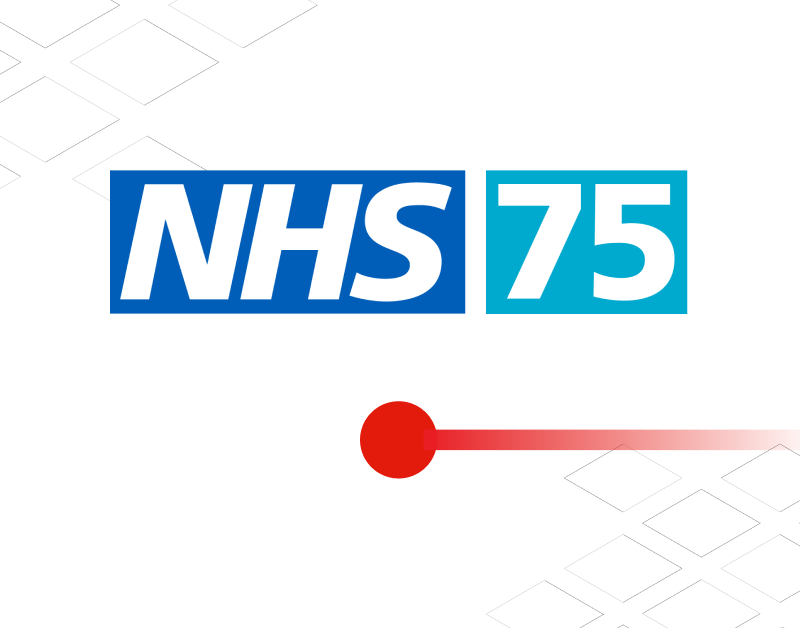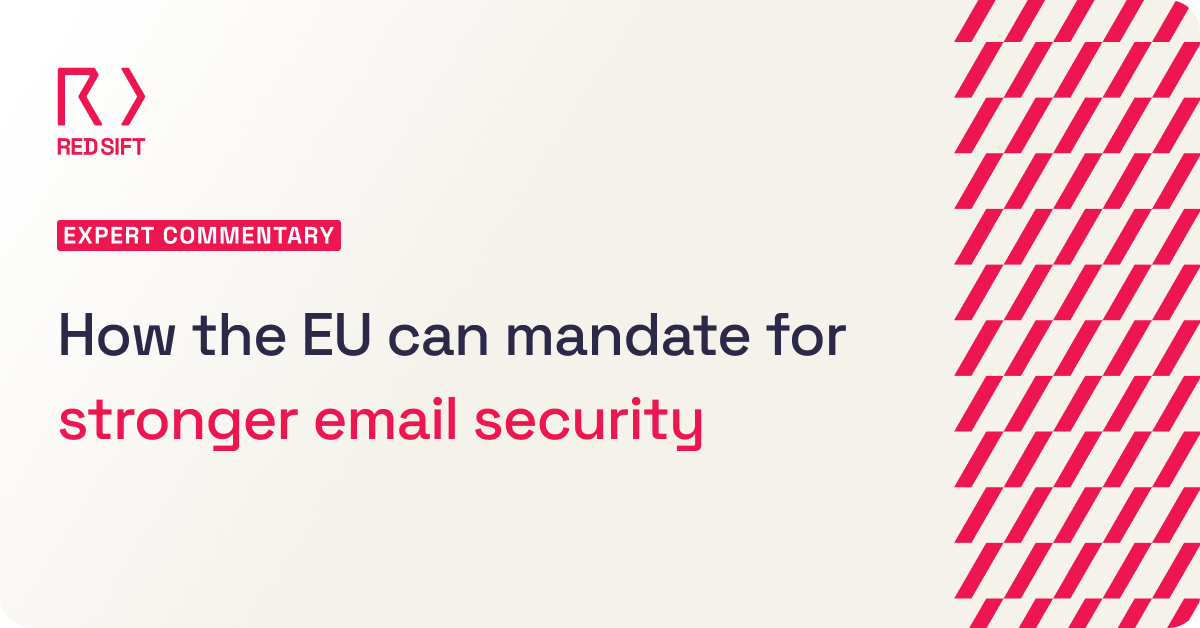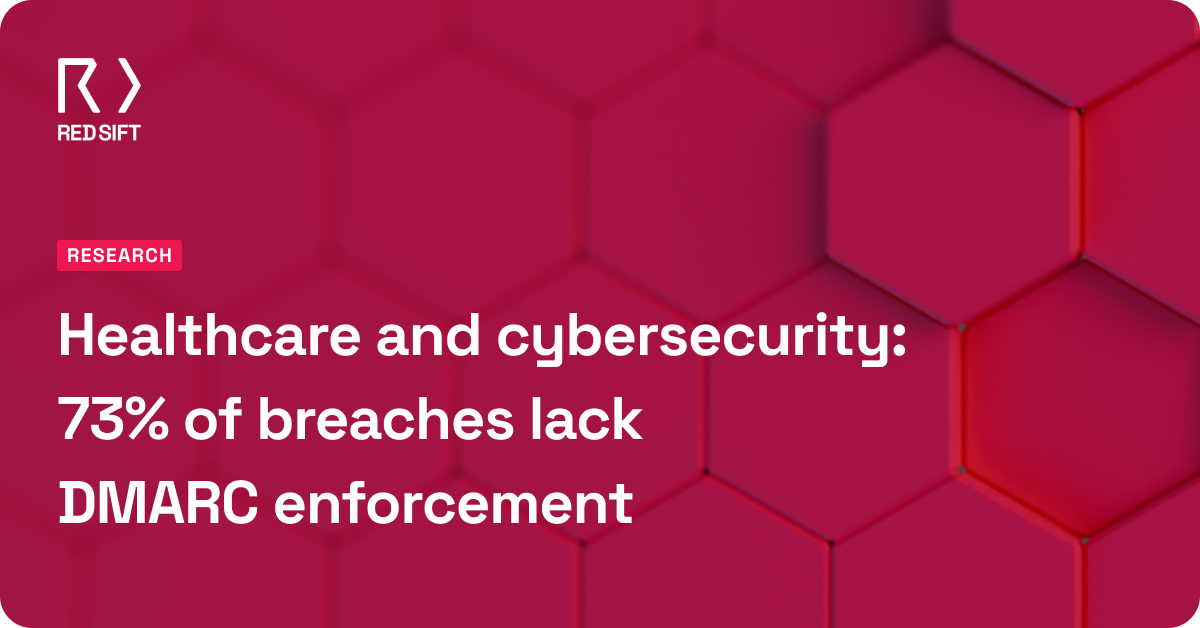Healthcare remains one of the most targeted industries when it comes to cyberattacks. Phishing, social engineering, digital impersonation, ransomware attacks, and more all threaten the infrastructure of this vital vertical. Plus, research shows that data breaches in this sector are still the most costly, to the tune of $10.10 million in 2022. In 2021 we saw firsthand how Ireland’s Health Service Executive was left bruised by a cyberattack disrupting vital healthcare services and costing an eye-watering $83 million to date.
With this all in mind, it’s no surprise that the UK’s National Health Service (NHS) has been putting trusts under scrutiny to comply with DCB1596. DCB1596 is part of the secure email standard, which amongst other things requires the NHS trusts to become DMARC compliant no later than 3 months after accreditation.
NHS trusts need to ask themselves what they’re doing to see, solve, and secure vulnerabilities in their attack surface and network perimeter. These include lookalike domains, out-of-date certificates, unsecured assets, and more, that can be publicly seen by cybercriminals and exploited. In short, trusts need to be putting measures in place to ensure complete protection against digital impersonation and secure their network perimeter for good.
In this blog, we’ll highlight the areas NHS organizations should look to address in order to secure themselves and their patients for the long term.
1. Getting visibility of the threats in your attack surface
As the old saying goes; you can’t protect what you can’t see. And this has never been truer when it comes to your cybersecurity strategy and protecting your organization and network perimeter from threats.
DCB1596 has been a great success with many trusts now at p=reject. But unfortunately, this is only a foundational layer of protection. As a crucial cog in the UK’s critical infrastructure, it’s imperative that the NHS is always a step ahead of the bad actors, and stays that way.
If you’d like to see how your organization currently squares up, you can access your free vulnerabilities report here.
2. Shutting down lookalike domains
Everyone is aware of the threat that targeted, socially engineered phishing attacks pose today. This is especially true for the NHS, which sees more than its fair share of malicious attacks.
But while it’s absolutely necessary to strengthen your lines of defense against these – and deploy DMARC to stop attackers sending spoofed emails from your domain – this isn’t a surefire way to stop the damage they can cause. Unfortunately in any business, sometimes phishing emails will get through. And while the method for exploitation may vary depending on the type and objective of the attack, we’re seeing an increasing number of phishing emails that direct victims to fake, lookalike websites to extract credentials, data, or money – sometimes all three.
The devil moves fast, but cybercriminals move faster. It’s no longer enough just to protect defensively against phishing emails. Organizations must now be able to see all of their assets, parked domains, and lookalikes using their brand logo and reputation, and be able to shut down any that are suspicious. Without this, your domain is fair game.
3. Logo, asset, and brand abuse
Trust is something that’s integral to NHS trusts – after all, it’s in the name. Sadly though, once it’s broken in any capacity, it can be very hard to fix. What we’re seeing more regularly in this ever-evolving threat landscape are cases of brand and asset abuse. In short, this is when a bad actor or malicious party uses your logo or other assets to impersonate your brand, reap the benefits, and damage your hard-earned reputation in the process.
While you may think this is more of a concern for commercial businesses, healthcare organizations are still at risk from attackers looking to pose as trusted organizations to steal data, credentials, and personally identifiable information. We saw the impact this sort of breach can have on a healthcare firm’s reputation most recently with Australian insurance firm Medibank.
To flip the situation around, BIMI (Brand Indicators for Message Identification) is a proven method for organizations to ensure visual trust with their recipients. By showing a registered logo on every DMARC-authenticated email you send, you’re assuring your recipients that you are who you say you are. BIMI is an excellent ‘add on’ benefit of DMARC compliance, and it’s now supported by Apple, Gmail, Yahoo, and more.
4. Changing the behaviors that enable breaches
The NHS has a vast attack surface, and with 1.2 million full-time staff working all over the UK, it’s crucial that the appropriate measures are taken to train and bolster these staff against threats. But while phishing training, security awareness training, and Secure Email Gateways (SEGs) make up part of the puzzle, they’re not totally effective in changing the behaviors that enable breaches.
In research carried out by Red Sift, we found that without clear banners and indicators, 39% of participants failed to spot a phishing email. But when clear traffic light indicators and warning banners were introduced, they altered the behavior of 87% of participants, and 84% of participants agreed seeing banners and indicators in the inbox would influence how they act on an email for the better. It’s no wonder then, that 100% of executives in the study supported enabling staff with inbox tools to supplement their phishing training.
If NHS trusts want to stay ahead of the curve when it comes to blocking phishing attacks and training employees not to click, then an advanced threat detection application is a must.
Register interest for our online event about cybersecurity and the NHS
DCB1596 is a great step in the right direction for email and cybersecurity in the NHS. But while email security starts with DMARC, unfortunately, it doesn’t end there.
As you consider your security posture, NHS trusts will want to make sure they are doing everything possible to mitigate threats such as shutting down lookalike domains, updating expired certificates, and preventing logo and brand abuse.
NHS trusts we’re talking to are keen to learn more about how to keep safe from attackers. We’re planning to hold an online event about cybersecurity and the NHS. Let us know if you’re interested to join.





